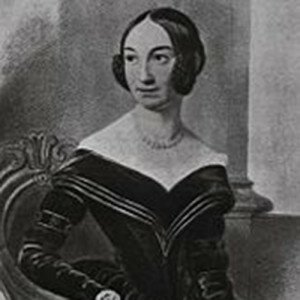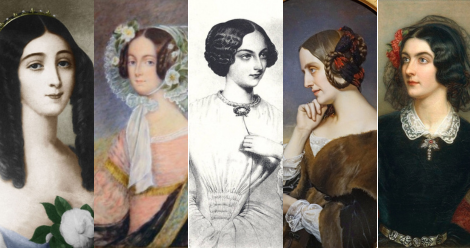
Maria Wodzińska, year 1840
While on holiday in 1836, Chopin returned to Dresden and proposed to Maria. It was much more than her beauty and talent that attracted him. He was lonely and homesick, and Maria embodied everything he had left behind. Maria was predictably thrilled, her parents less so. Although they initially accepted him into the family, they were sufficiently worried about his whirlwind social life, his frequent ill health, and his status as a composer. As such, they imposed a one-year waiting period to see if his health, fortunes, and habits would improve. Chopin was forced to accept the parental conditions and returned to Paris, were his life only got messier once he met up with George Sand. Chopin’s compatriots meanwhile report, “The thought of Maria, the distant beloved, radiated with all her fires every time a letter came to assure him that she counted the months that separated them from their reunion.”

Portrait of Frédéric Chopin by Maria Wodzińska
Chopin did not take the rejection well, and years later he would write, “What shallow, unscrupulous and heartless people.” He also suffered through the flu epidemic in the winter of 1837, an infection from which he never fully recovered. Chopin channeled his deep depression and frustration into the composition of a Marche funèbre (Funeral March). Gradually this outpouring of sorrow became part of a larger structure, and the Sonata No. 2 in B-flat minor was completed in 1839 and published the following year. Things did not end well for Maria. She eventually married the son of Count Frederic Skarbek in 1841. Joseph Skarbek was certainly rich, but physically unattractive and certainly not the brightest intellectual star in the firmament. The unfortunate marriage was divorced in Rome, and Maria later married M. Orpiszewski, who, together with their only son, tragically died from tuberculosis.

